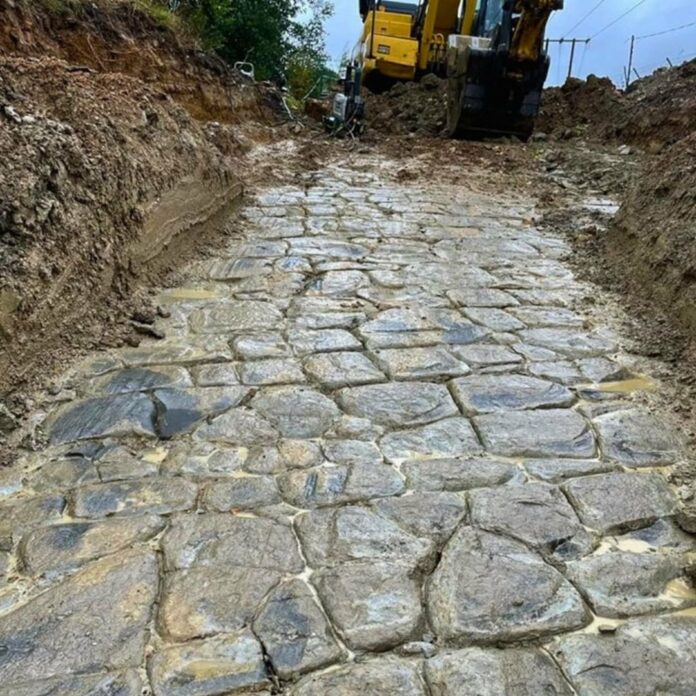Remarkable Discovery During Routine Work
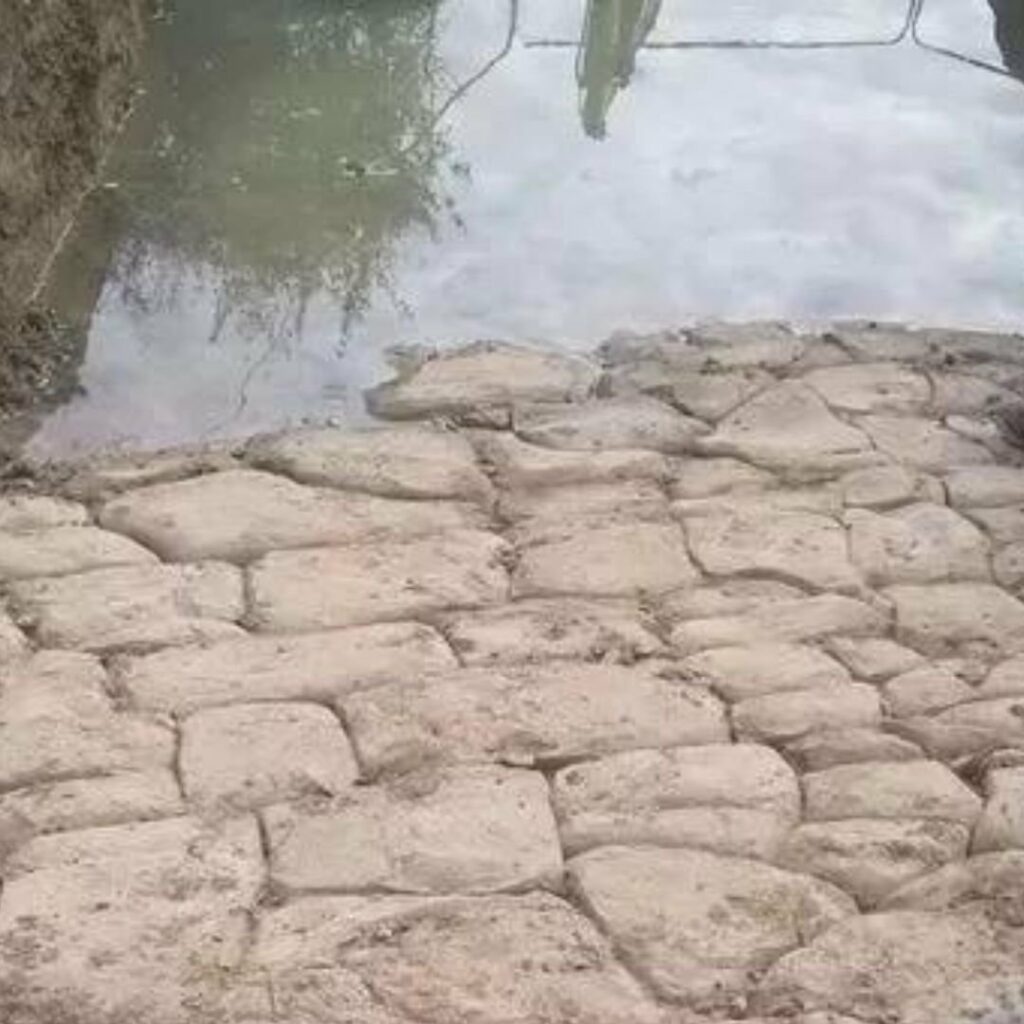
In a stunning archaeological find, workers in Worcester uncovered a 2,000-year-old Roman road during routine waterworks near Severn Trent. The ancient cobbled ford, measuring 10 by 2.9 meters (32 by 9 ft), emerged unexpectedly on the banks of a river, close to where a Roman villa complex was discovered just four years ago.
A Unique Construction
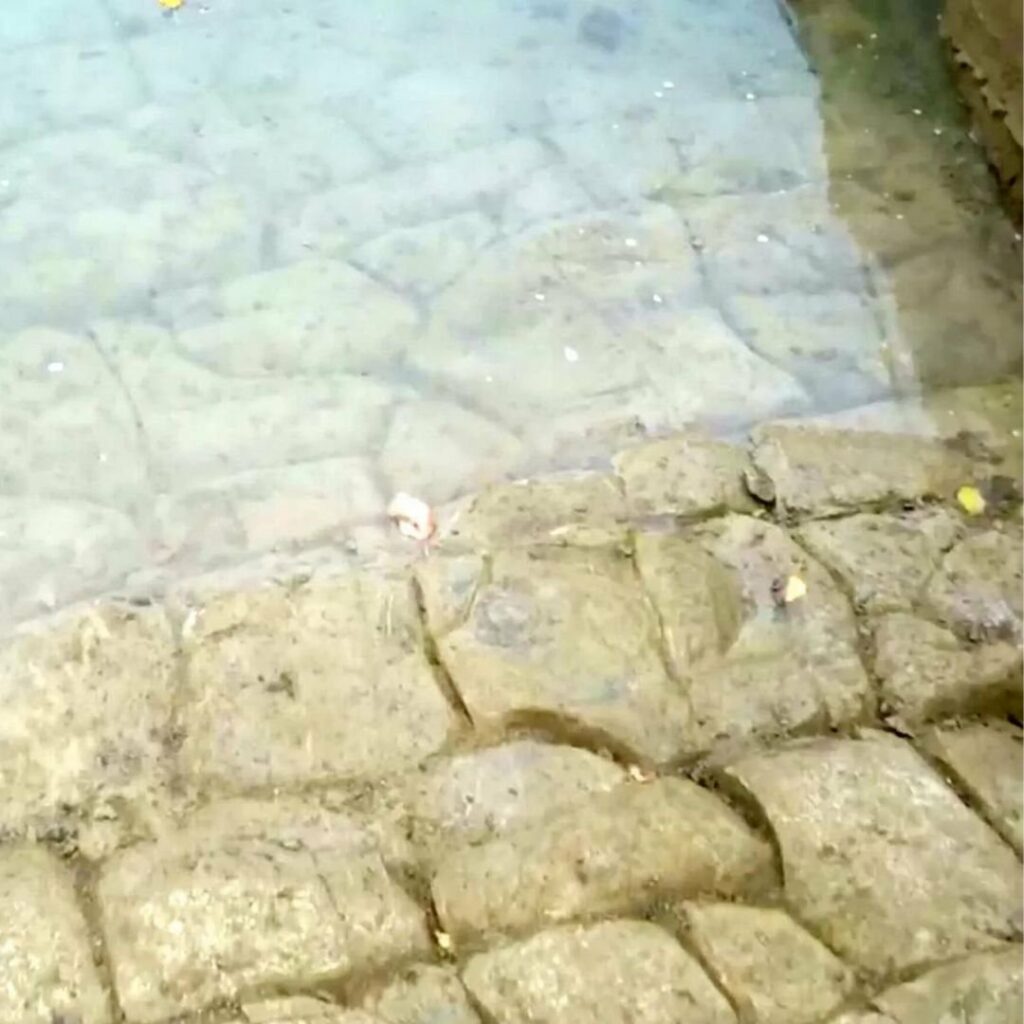
What makes this discovery particularly remarkable is its construction technique. The road was built like a wall with large stones laid in bands – a traditional Roman method that has only been seen in Rome and Pompeii. According to Aidan Smyth, archaeology officer from Wychavon District Council, the stonework is “absolutely perfect” and exhibits all the characteristic features of Roman engineering.
Historical Context and Significance
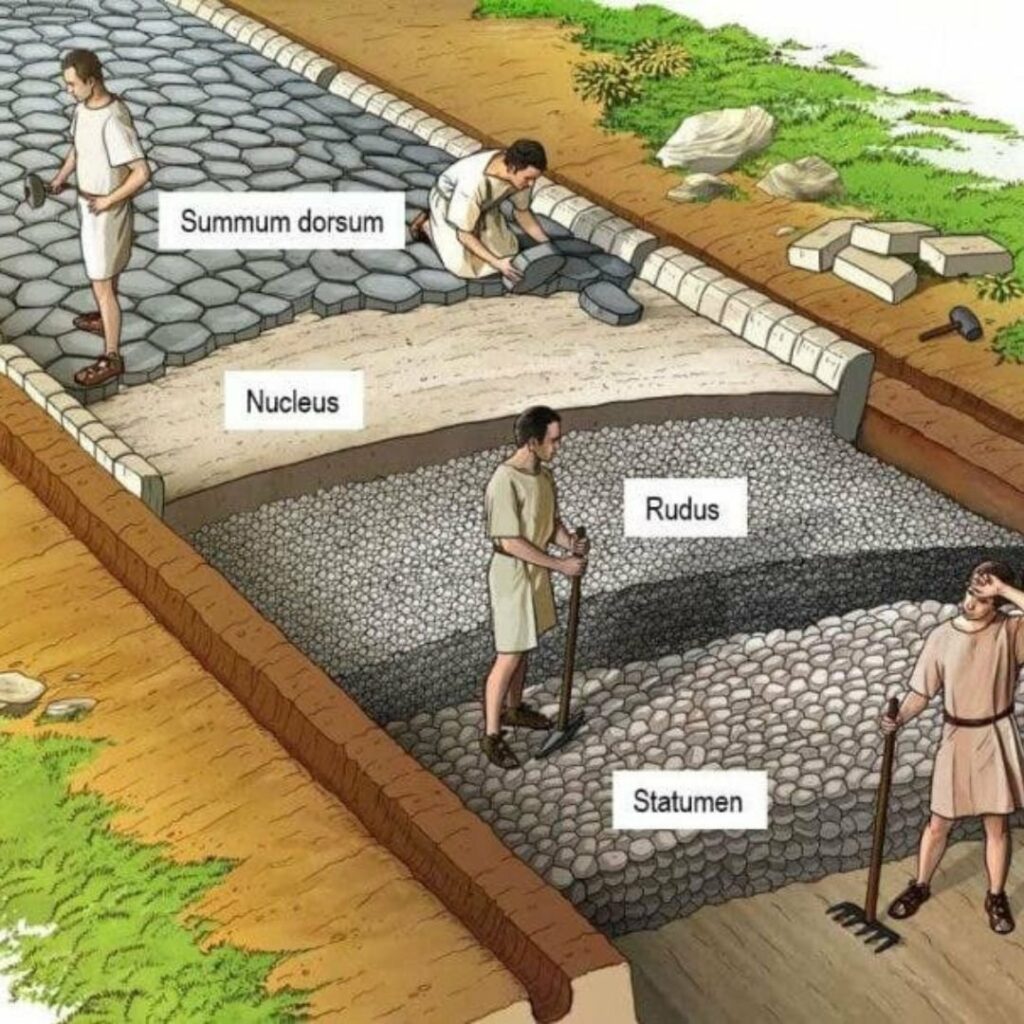
If confirmed to date from the first century AD, this road would be an unprecedented find in Britain. The Roman army moved through what is now Worcestershire in the 40s and 50s AD, pushing westward toward the River Severn en route to Wales. While experts from Historic England are still analyzing the site, initial assessments suggest this could be a discovery of global importance.
The Legacy of Roman Road Engineering
Roman Road Network
At its peak, Rome’s massive road network included:
- 29 major military highways radiating from the capital
- 372 great roads connecting 113 provinces
- Over 250,000 miles of roads total, with more than 50,000 miles stone-paved
Engineering Excellence
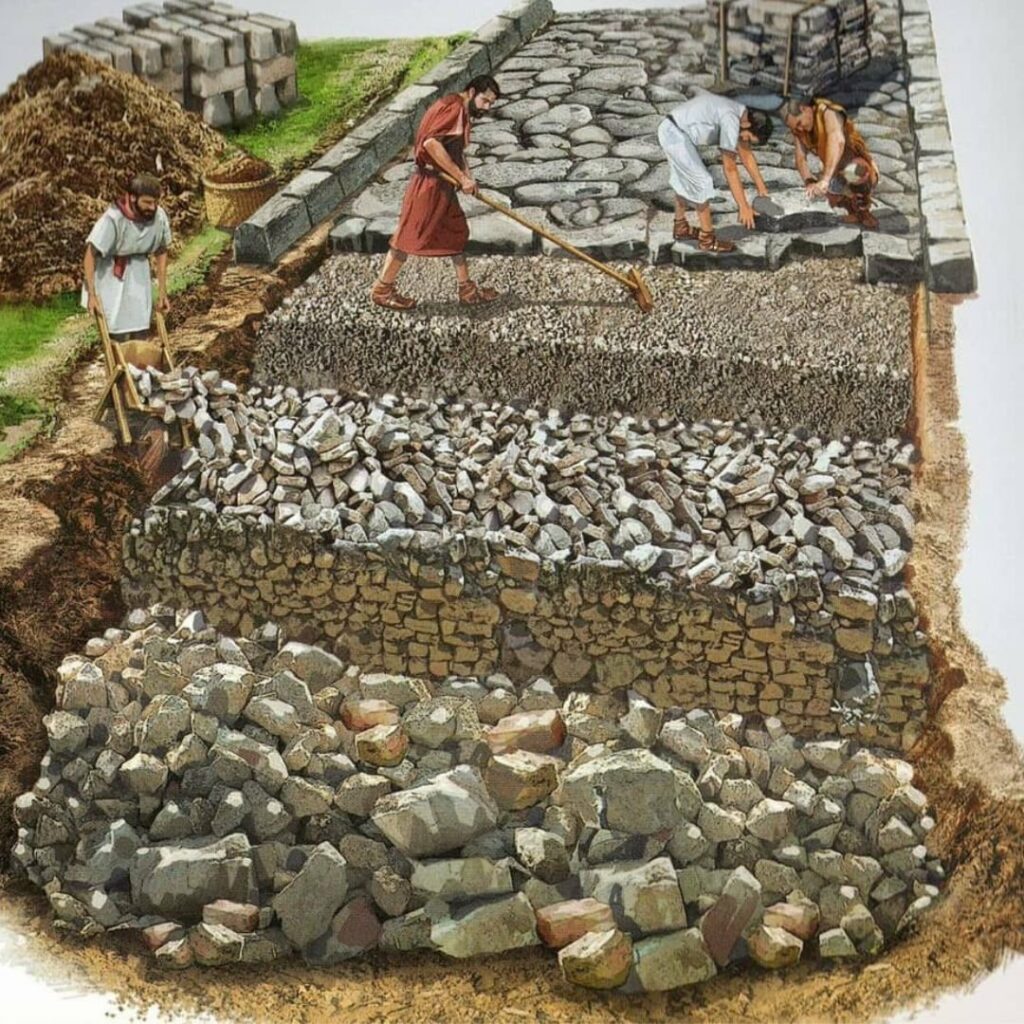
Roman roads were masterpieces of ancient engineering, featuring:
- Accurate surveying and strategic planning
- Cambered surfaces for drainage
- Flanking footpaths and drainage ditches
- Stone paving and sophisticated metalwork
- Hill cuttings and bridge structures where needed
Ancient Transportation
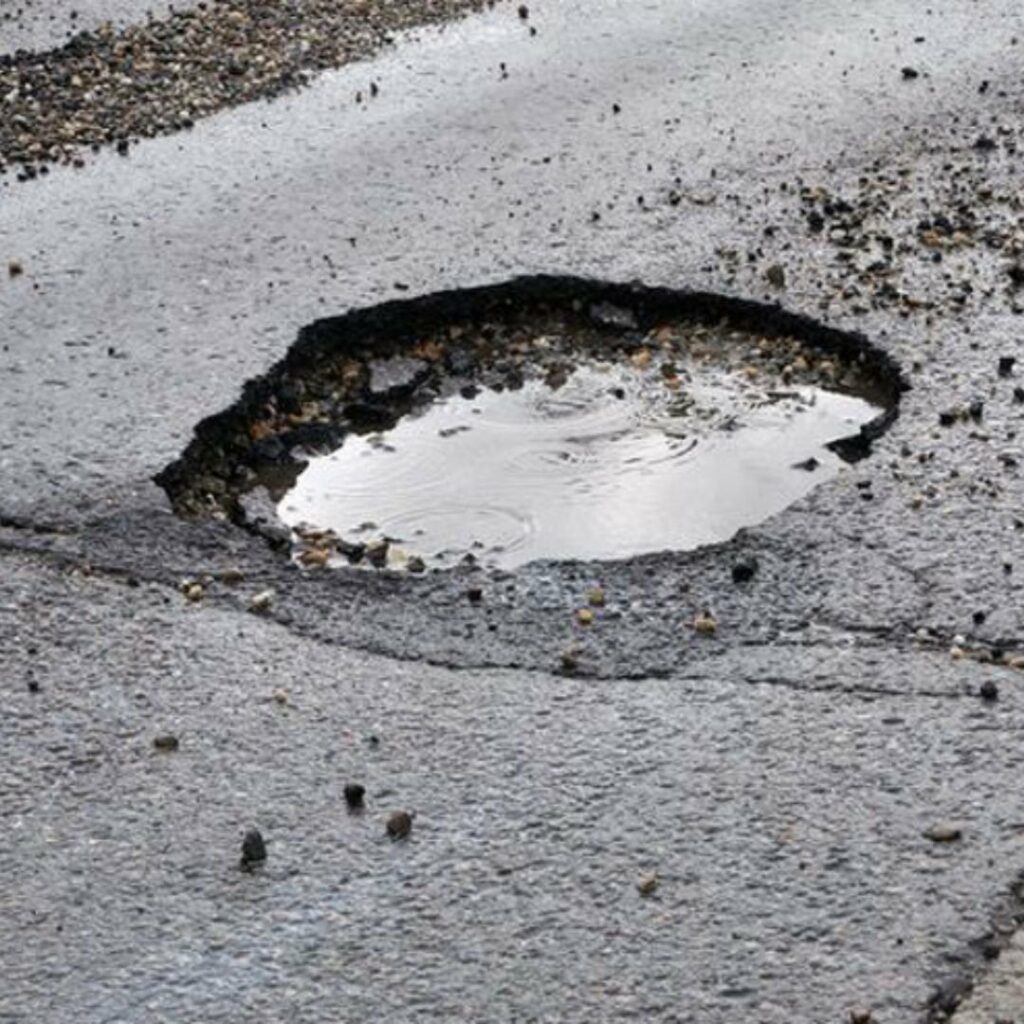
Roman roads supported various modes of transport:
- Horse-drawn carts covering 25-31 miles per day
- Pedestrian traffic moving 12-16 miles daily
- Various vehicle types including cars (carrus), coaches, and cargo carts
Preserving the Past
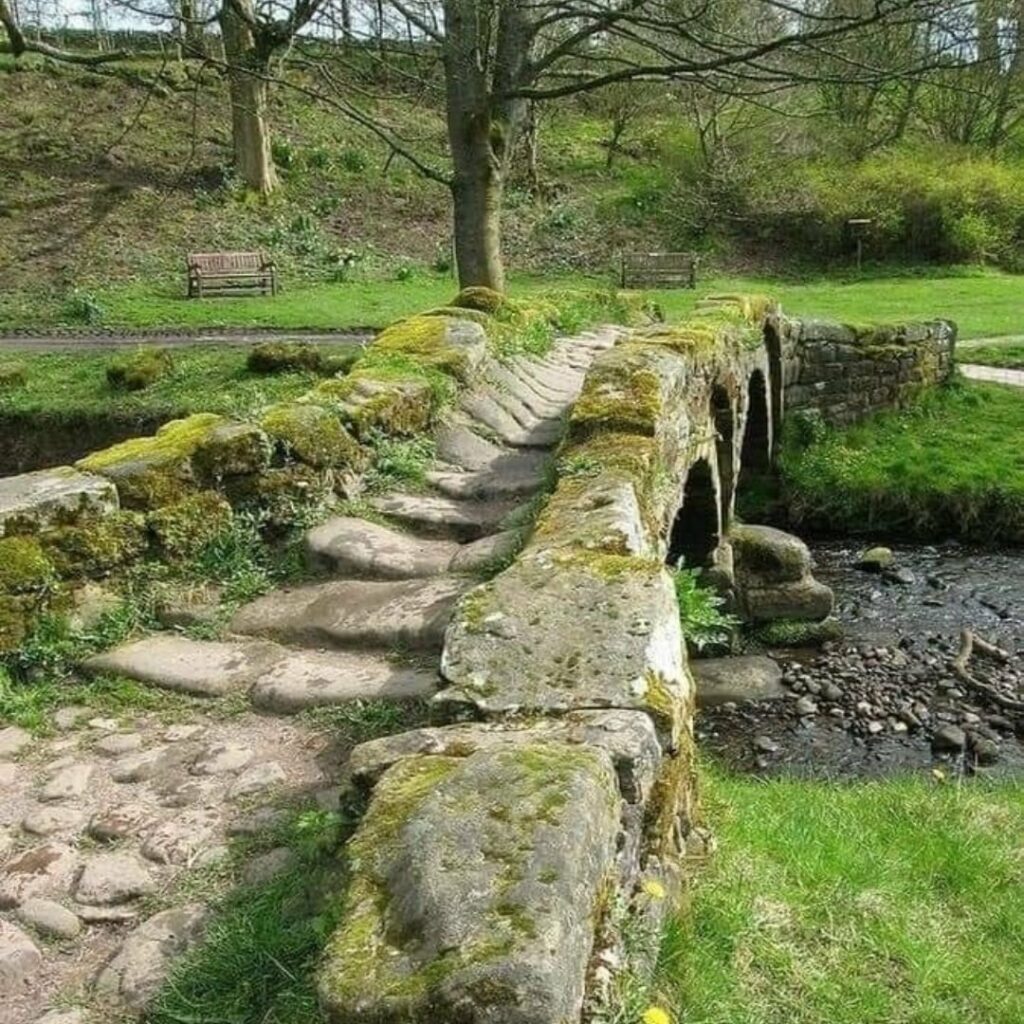
The exact location of this remarkable discovery remains undisclosed to protect the site. While excavations continue, the Wychavon District Council is working closely with Historic England to analyze and preserve this extraordinary piece of Roman engineering heritage. Though no dateable artifacts such as pottery or coins have been found yet, the construction’s sophistication and similarity to known Roman structures make it a potentially unprecedented find in British archaeology.
